Table of content
Spring arrives with a whisper, carrying the scent of blooming flowers and the promise of renewal. As nature awakens from its slumber, kitchens worldwide hum with activity, transforming seasonal ingredients into edible poetry. Among the most cherished springtime treats are pineapple cakes—a delicate fusion of buttery pastry and tangy-sweet filling that captures the essence of the season. This article explores the art of crafting these beloved confections, blending tradition with innovation to create a dessert that dances on the palate like a spring breeze.
The History and Symbolism of Pineapple Cakes
Pineapple cakes, known as fengli su in Mandarin, trace their roots to Taiwan, where they became a symbol of hospitality and prosperity. The pineapple, or ong-lai in Hokkien, sounds similar to “prosperity comes,” making it a favored gift during Lunar New Year and spring festivals. However, their popularity has transcended cultural boundaries, with bakers worldwide adapting the recipe to suit local tastes.
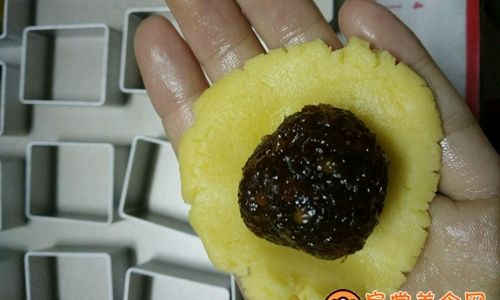
In spring, pineapple cakes take on a renewed significance. The season’s fresh produce inspires bakers to experiment with lighter, floral notes, while the act of sharing these treats mirrors the communal spirit of spring gatherings. Whether enjoyed with tea on a sunlit porch or gifted to neighbors, pineapple cakes embody the season’s optimism.
Ingredients: The Building Blocks of Perfection
Crafting the perfect pineapple cake requires a balance of quality ingredients and precision. Here’s a breakdown of the key components:
For the Filling
- Fresh Pineapple: Opt for ripe, golden pineapples. Their natural sweetness and acidity form the filling’s backbone. Avoid canned varieties, which lack the vibrant flavor of fresh fruit.
- Sugar: A mixture of white and brown sugar adds depth. Brown sugar’s molasses notes complement the pineapple’s tartness.
- Butter: Unsalted butter, melted and cooled, enriches the filling without overwhelming the fruit’s brightness.
- Spices: A pinch of cinnamon or star anise introduces warmth, while a hint of vanilla extract elevates the aroma.
For the Pastry Dough
- All-Purpose Flour: Provides structure. For a tender crumb, some bakers substitute a portion with cake flour.
- Powdered Sugar: Ensures a melt-in-the-mouth texture.
- Butter: Cold, unsalted butter is cubed and blended into the dry ingredients to create a flaky, shortbread-like crust.
- Egg Yolks: Add richness and help bind the dough.
- Milk or Cream: A splash adjusts the dough’s consistency.
Optional Additions
- Lemon Zest: Enhances the filling’s citrusy kick.
- Toasted Sesame Seeds: Sprinkled on top for crunch.
- Edible Flowers: Pansies or violets garnish the cakes, echoing spring’s beauty.
Step-by-Step Preparation
Crafting the Pineapple Filling
The filling is the heart of the cake. Begin by peeling and coring two medium pineapples. Dice the flesh into small cubes, reserving any juice. In a heavy-bottomed saucepan, combine the pineapple, ½ cup white sugar, ¼ cup brown sugar, and a pinch of salt. Cook over low heat, stirring occasionally, until the fruit softens and the liquid reduces to a thick syrup (45–60 minutes). Stir in 1 tablespoon of butter, a pinch of cinnamon, and a teaspoon of vanilla extract. Let cool completely—the filling should be thick enough to hold its shape when scooped.
Pro Tip: For a smoother texture, pulse the cooled filling in a food processor, leaving some texture for character.
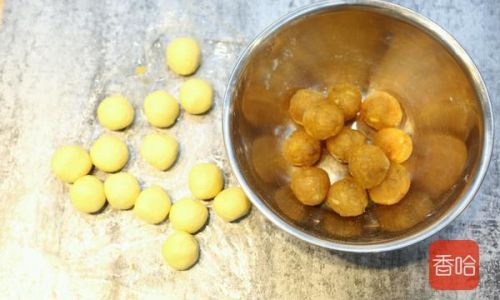
Preparing the Pastry Dough
In a large bowl, whisk 2 cups of all-purpose flour, ½ cup of powdered sugar, and a pinch of salt. Add 1 cup of cold, cubed butter. Using a pastry cutter or your fingertips, rub the butter into the dry ingredients until the mixture resembles coarse sand. Stir in 2 egg yolks and 2 tablespoons of milk, mixing until the dough comes together. Shape it into a disk, wrap in plastic, and chill for at least 1 hour. Chilling relaxes the gluten and prevents shrinkage during baking.
Assembling the Cakes
Preheat the oven to 350°F (175°C). Line a baking sheet with parchment paper. On a lightly floured surface, roll the dough to ¼-inch thickness. Using a 3-inch round cookie cutter, stamp out circles. Place a teaspoon of filling in the center of each circle. Fold the dough over the filling, pinching the edges to seal. Gently flatten each cake with a fork, creating a decorative pattern. Brush with an egg wash (1 egg yolk mixed with 1 tablespoon of milk) for a golden sheen.
Variation: For open-faced cakes, cut the dough into squares, top with filling, and fold the corners toward the center.
Baking and Finishing
Bake for 18–20 minutes, or until the edges turn golden brown. Cool on the sheet for 5 minutes before transferring to a wire rack. Once cooled, dust with powdered sugar or drizzle with a lemon glaze (1 cup powdered sugar mixed with 2 tablespoons lemon juice).
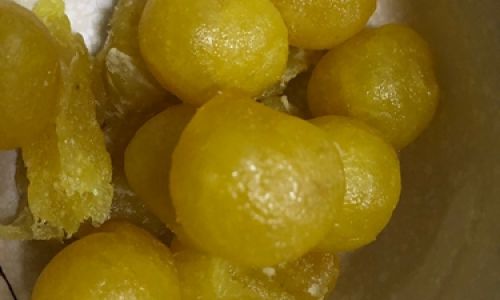
The Science Behind the Perfect Bake
Achieving the ideal texture hinges on understanding ingredient interactions. The filling’s low-and-slow cooking concentrates flavors while evaporating excess moisture, preventing sogginess. The dough’s high butter content creates steam during baking, yielding a flaky crust. Chilling the dough prevents the butter from melting too quickly, ensuring even layers.
Serving Suggestions
Spring’s fleeting beauty invites leisurely indulgence. Pair pineapple cakes with:
- Jasmine Tea: The floral notes complement the cake’s sweetness.
- Lemonade: A citrusy twist cuts through the richness.
- Ice Cream: Vanilla or coconut gelato elevates the dessert into a gourmet treat.
For a spring picnic, wrap cakes in parchment and tuck them into a woven basket. Their portable size makes them ideal for alfresco feasts.
Creative Twists for the Modern Baker
While tradition offers comfort, innovation keeps the recipe alive. Experiment with:
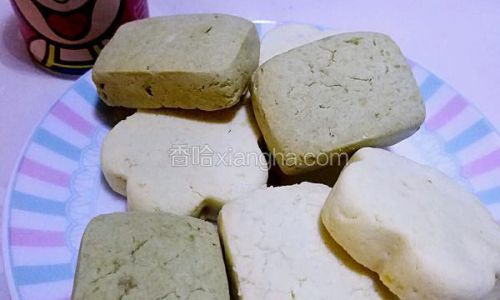
- Herb-Infused Fillings: Add a teaspoon of fresh basil or mint to the filling for a herbaceous surprise.
- Matcha Dough: Substitute 2 tablespoons of flour with matcha powder for a vibrant green crust.
- Rosewater Glaze: Mix 1 tablespoon of rosewater into the glaze for a fragrant finish.
Troubleshooting Common Issues
- Soggy Bottoms: Ensure the filling is fully cooled and thickened before assembling. Bake on the middle oven rack for even heat distribution.
- Tough Dough: Overmixing activates gluten, resulting in a dense texture. Mix until just combined.
- Leaking Filling: Seal the edges thoroughly and avoid overfilling.
The Joy of Gifting
Pineapple cakes make thoughtful gifts. Package them in decorative tins or mason jars tied with twine. Include a handwritten note: “Wishing you prosperity and joy this spring!” For a personalized touch, stamp the dough with initials or seasonal motifs using cookie cutters.
Conclusion: A Taste of Spring’s Promise
As the first blossoms emerge and days grow longer, pineapple cakes serve as a culinary bridge between tradition and renewal. Their buttery crumble and vibrant filling mirror spring’s duality—the crispness of morning dew and the warmth of afternoon sun. Whether shared at a family feast or savored in solitude, these cakes embody the season’s spirit: a celebration of growth, gratitude, and the simple pleasure of sharing something handmade.
So, as you embark on your baking journey, let the rhythm of mixing bowls and the aroma of pineapple transport you to a kitchen alive with spring’s magic. After all, every bite is a testament to the beauty of embracing change—one sweet, tangy morsel at a time.
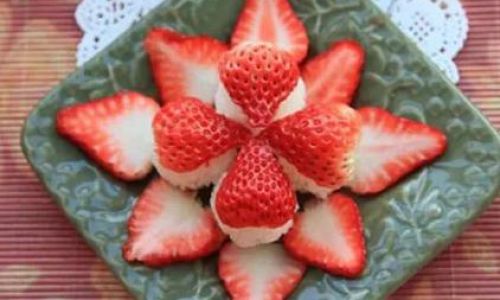
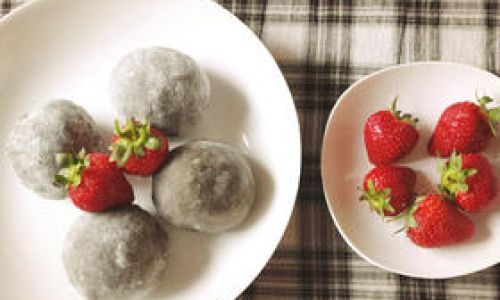
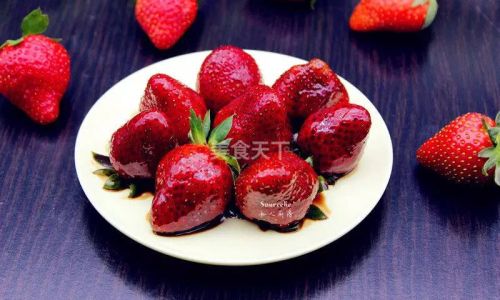


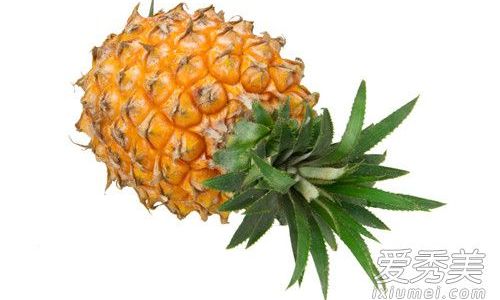
0 comments